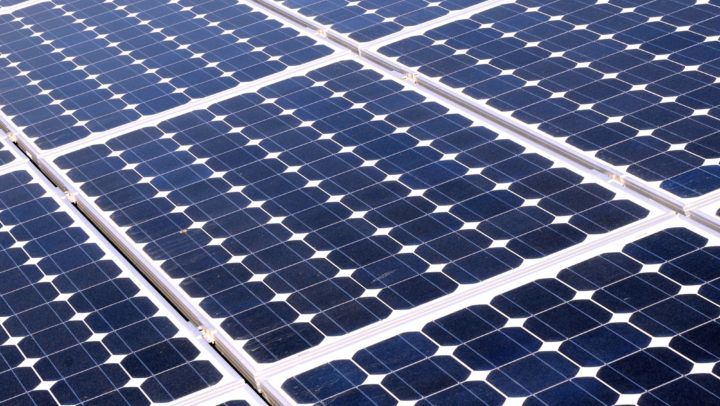The Pros and Cons of Monocrystalline Solar Panels
The sun has been producing energy for billions of years and is the most important provider of energy for all life on earth. Unlike fossil fuels, it is a renewable source of energy. Monocrystalline solar panels are one means of capturing this energy to heat and light homes.
There are a number of solar panel products available. This simple guide to the pros and cons of the type of solar panel will help you make a buying decision.
Read on to learn about monocrystalline solar panels.
Monocrystalline Solar Panels
The unique characteristic of these panels is the fact that they are made from a single very pure crystal of silicon. The plants that make these solar cells are complex and large. The process like that used to make semiconductors.
Pros
Here are the advantages.
1. High Efficiency
Monocrystalline solar panels have high-efficiency ratings because they are made from very high-grade silicon. They have an efficiency of around 20% which means they convert about 20% of sunlight into energy.
2. Small Space
An efficient space to energy production ratio means using a relatively small area to provide high energy output. This is important for urban rooftop settings where space is at a premium.
3. Long Life
These solar panels have stood the test of time and have been around for some years. They are durable and generally come with performance warranties for up to 25 years.
4. Better In Low Light and High Heat
These panels perform better than polycrystalline solar panels in low light levels and in higher temperatures. In both these circumstances there is a reduction in performance but less so with monocrystalline solar panels.
5. Environmental Impact
As a highly efficient form of energy generation even compared to other panels monocrystalline panels can support a “green” approach to energy production. They reduce the amount of power required from power plants using fossil fuels and the production of greenhouse gases.
Cons
There are a number of disadvantages.
1. Cost
Monocrystalline panels are manufactured to high specification and the process is complex and costly. As a result, the initial cost is greater than some other solar panel solutions.
A realistic way of evaluating the cost of these panels is to consider the cost and benefit of ownership over the lifetime of the product. A break-even analysis may suggest that the investment is worthwhile over the longer term.
2. Risk of Damage
Although the long life demonstrated by many installations suggests a very resilient product it is important to remember that the panels themselves are fragile. Panels are generally covered by safety glass which offers some protection.
Decisions about the site for installation should take into account risk of harm. Avoid locations where falling branches, high winds or flying objects might damage the panels.
3. Poor Low-Temperature Performance
Monocrystalline panels are prone to reduced performance in low-temperature situations and additionally, they can fail in full shade or snow conditions.
A Long-Term Investment
On balance, monocrystalline panels often work out to be a good long-term investment. This is subject to the other physical conditions being suitable. Check out the costs and projected benefits before making a decision.
To learn more about solar panels, click here.

